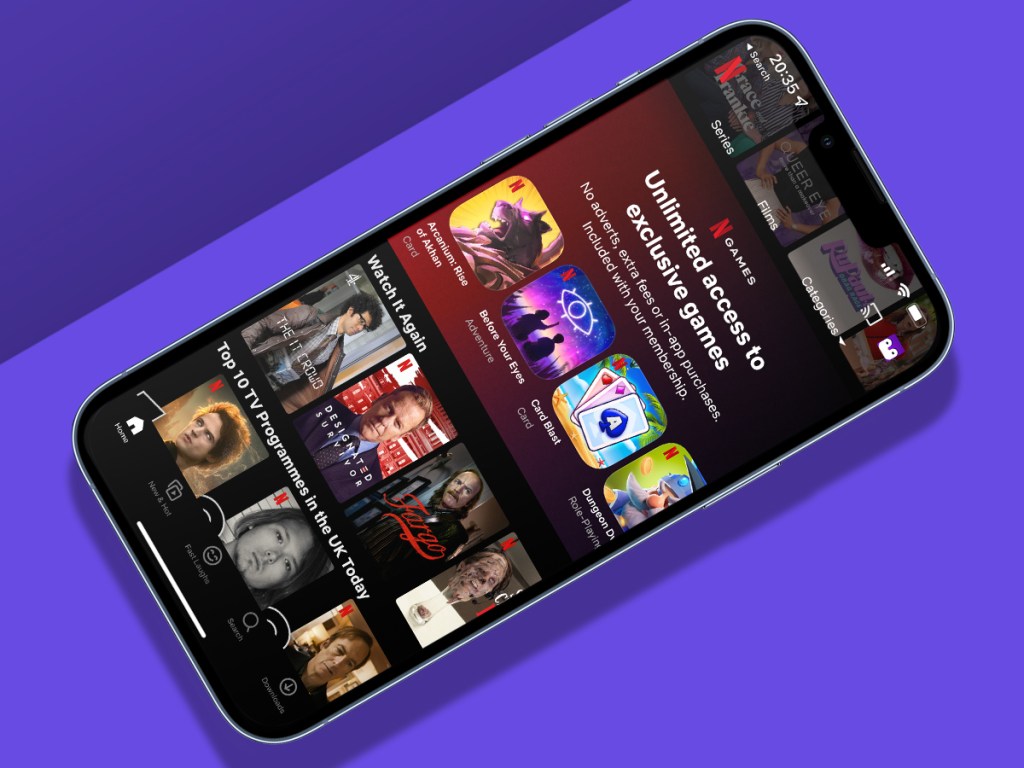
I recall once interviewing someone about the future of media. They were excited about micropayments and thought they’d be revolutionary. You’d pay small amounts for things you cared about. Barriers to entry would be reduced. Rights owners would be compensated. Smaller players would compete. Cue: an endless party, with people worldwide beaming at media’s utopian ideal coming true.
Things didn’t turn out that way, because revolutions only tend to work if you can defeat giants who’d sooner crush all competition underfoot than give up control. And media giants had already made the mistake of giving up control. Twice.
The first time was with music. To combat rampant piracy, record labels grudgingly agreed to their catalogues being made available everywhere, for a per-track price more reasonable than they’d have set themselves. Then streaming happened. A tenner a month for millions of tracks across almost every label. Every service almost identical. No way for IP owners to use music as a means to add value to their own wider offerings. You imagine they’re not thrilled about that.
Video never made it that far – but Netflix came close. For a time, it wasn’t the only streaming video service but it was the one that mattered. It had all the good stuff. But owners of said good stuff didn’t like other people making money off it. And people started to notice that a lack of differentiation in media was a death knell – if all music services were the same, why pick one over another?
It was distinct IP that provided leverage, friction and stickiness, to stop people heading elsewhere. Major players decided they wanted to be Netflix, not Spotify. And they decided they didn’t want Netflix to have their good stuff – they wanted it back for themselves.

Video is now being upended in an ongoing mission to ‘fix’ media. Netflix’s catalogue regularly has chunks torn from it as hit series return home to bolster the catalogue of Yet Another New Streaming Service. Movies are jealously guarded and increasingly remain forever locked to a single streaming service.
This new media environment feels like the worst bits of the past. New walled gardens spring up every day. All other models are being demolished in land grabs designed to have people subscribe to yet more services, as if they’ve endless time to gulp down everything on offer. And this is spreading. Gaming’s in on the act. Podcasts are bricked up behind subscription paywalls. Even streaming services themselves aren’t safe, as evidenced by plans to soon mash HBO Max and Discovery+ together into a sticky mess.
Perhaps it doesn’t matter. The collector mentality I grew up with is long dead. Youngsters would sooner subscribe to Marvel Unlimited than consider buying a paper book. The sheer convenience of turning on your telly and having Disney+ blast the 7000th entry in the MCU into your face outweighs having any control or sense of ownership over the things you pay for. A future I’d once hoped for – digital movies you’d buy and then play wherever and however you liked; classic arcade titles you’d be able to own and run on any emulator you please – now seems laughably naive.
But even the notion of the one-stop-shop is now doomed, because each giants want its own shop. Still, music made it through. We’re not paying a tenner a month each for Sony Music+, Warner Music+ and Universal Music+, awaiting the day they, respectively, become part of Sony One, Warner Max and Universal Universal, each encompassing every single chunk of media the parent company still has rights to.
Although the way things are going, it’s surely only a matter of time.






